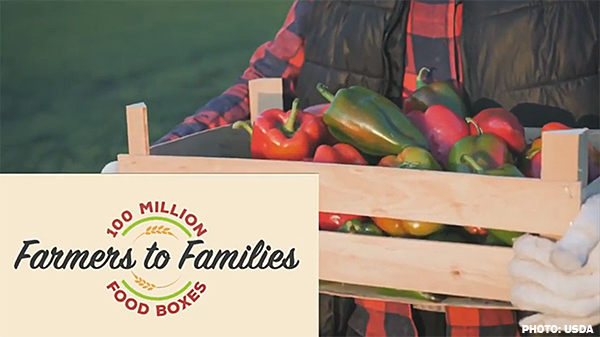Like any rapidly rolled out initiative, some issues emerged in USDA’s Farmers to Families Food Box Program.
Concerns regarding cost issues and questionable awards were documented in the press. Of direct concern to industry professionals were challenges of program planning, product focus, prioritization, and oversight.
The short duration of the contracts was problematic from a planning perspective.
Steve Brazeel, CEO and founder of SunTerra Produce, BB #:165824 headquartered in Southern California, says that companies operated month-to-month for more than a year with the Food Box Program.
“We never knew if we had a contract for more than 30 days. We can’t make a capital investment to get really efficient unless we have some runway to do it,” he explains.
In Rounds 1 and 2, distributors could focus their efforts on specific product categories. In subsequent rounds, the focus shifted toward combination boxes. Buying protein added price negotiations and order quantity risks for participating produce companies.
Errors could cause margin issues or excess inventory that could not be readily sold elsewhere, according to Joan Daleo, president at St. Louis-based Ole Tyme Produce, Inc., BB #:119116.
A concern highlighted in a United Fresh Produce Association survey of growers, distributors, and recipient agencies was the perceived shift in program priority.
“In Rounds 1 and 2, price was not the driving motivation,” explains Kate Fitzgerald, principal at Fitzgerald-Canepa, LLC in Washington, DC. “Once price became the determining factor in awards, it was felt that the program’s original focus on quality, nutrition, and supporting the industry was undermined.”
Another concern among participants was the need for oversight mechanisms to ensure contract awardees had the expertise and capacity to fulfill commitments.
Melissa Ackerman, president of Produce Alliance, LLC BB #:159218 in Chicago, IL, emphasizes the need for transparency throughout the process to ensure ultimate success. She stresses the importance of having a plan to check in with local growers, regional distributors, and third-party logistics providers, and establishing a process to report performance.
And since the program was touted by the Trump Administration, it was the target of his political enemies. For example, NPR ran a piece last September that was filled with cheap shots and inaccuracies about the produce industry.
This is an excerpt from the Supply Chain Solutions department feature in the July/August 2021 issue of Produce Blueprints Magazine. Click here to read the whole issue.



